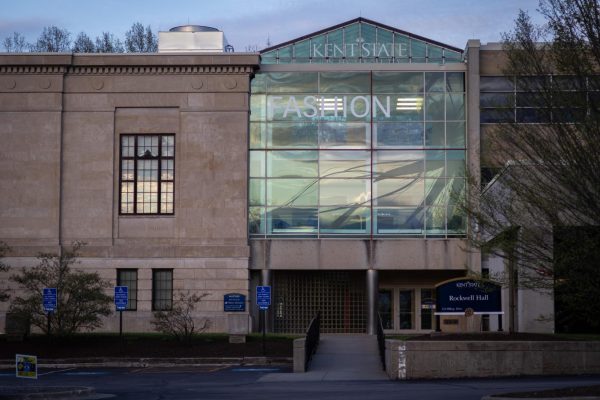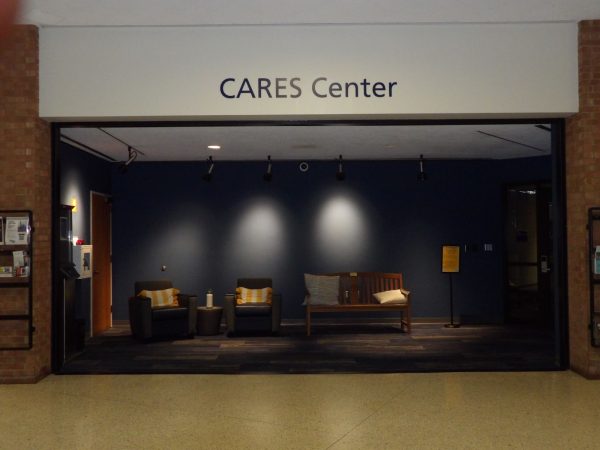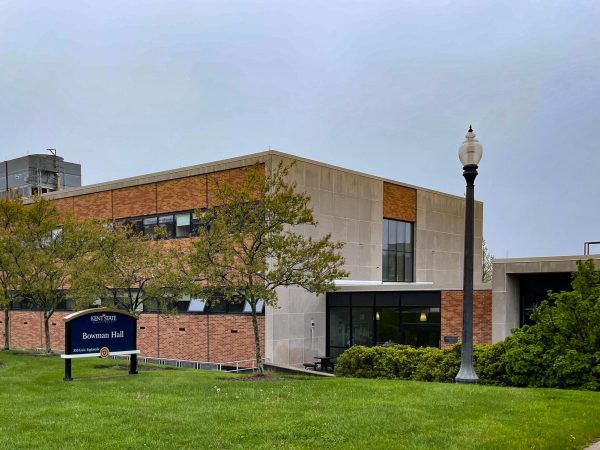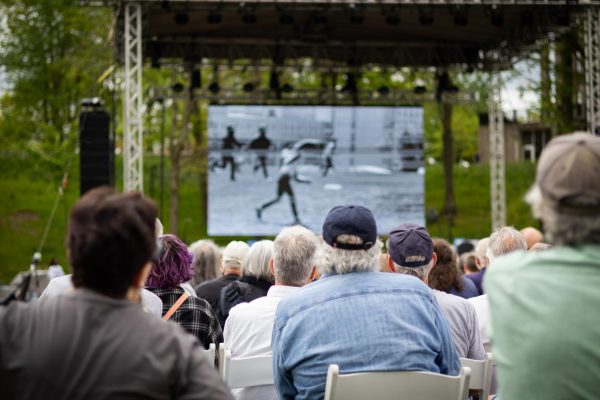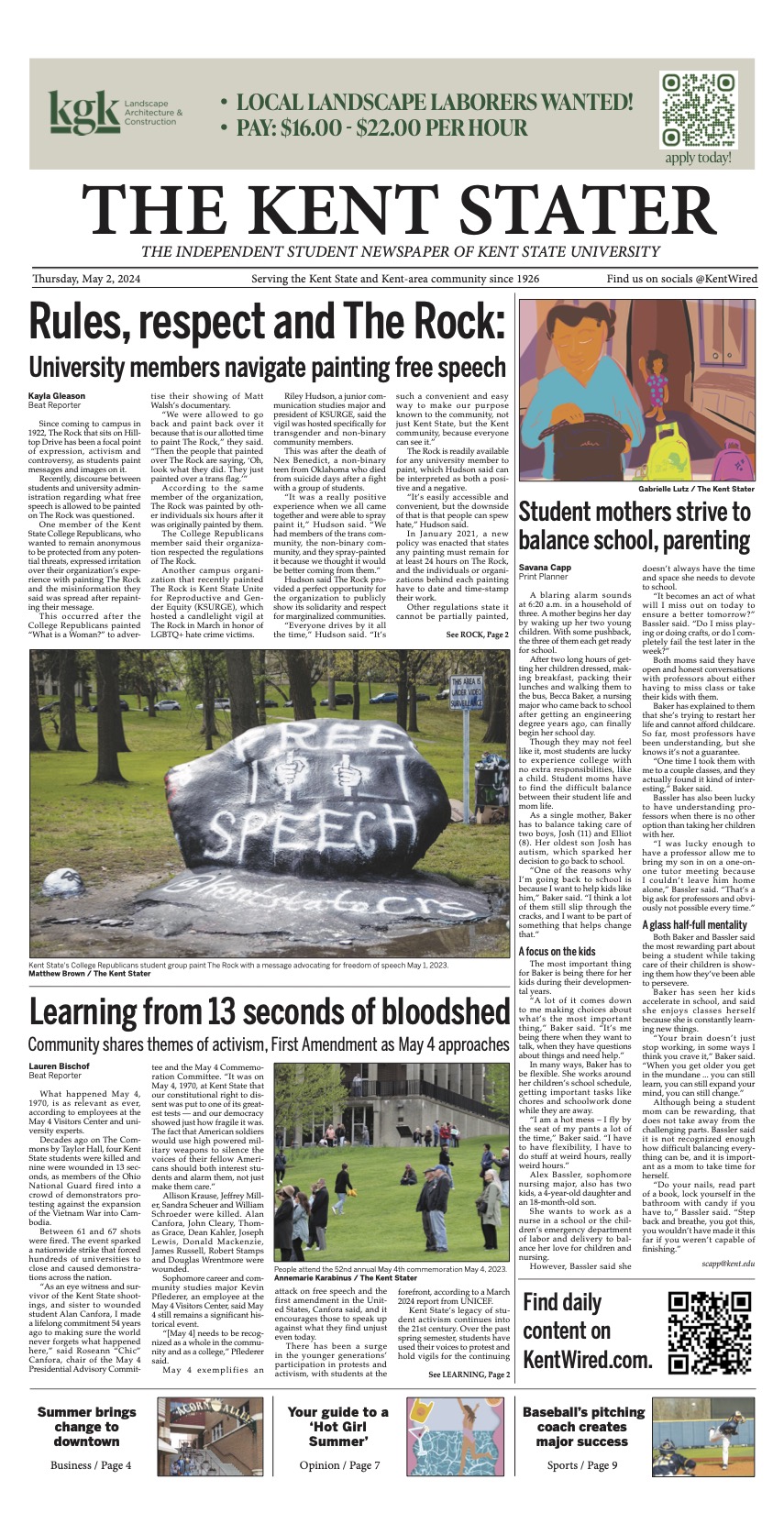Meaningful details key in Oscar Ritchie’s Redesign
September 3, 2008
Each space in Pan-African Studies’ newly renovated home meant to take visitors on a journey through many cultures
Besides a gallery, a theater and a lounge area, Oscar Ritchie Hall also features a hidden invitation to a journey through different cultures.
“The overall concept of the building is (that) you move from place to place, much as if you were traveling from one community to another,” project interior designer Kathleine Cole said. “If you actually look at the flooring pattern on the first floor, you see large curves going through. They represent movement and journey.
“And when you look at individual spaces it’s as if you arrived to different places along the way.”
Every element of the design of Oscar Ritchie Hall-from walls to colors – has a meaning behind it, Cole said.
“Those walls at the entrance way of the building are an effort to convey a welcoming spirit,” Cole said. “The way they curve out, they are open arms welcoming everyone inside.”
Cole said she chose earth tones to decorate the building because those are the most representative colors of African, Hispanic, and Native American cultures. Throughout the building, neutral colors represent paths and bright colors represent arrival.
“As you travel up to the second floor, what we wanted to do is create a sense of having arrived to certain special places,” Cole said. “When you arrive at the theater, you know you’re at the theater.
“As you go around, the corner is fairly neutral, and then, as you approach the entrance to the lecture hall, the bright colors communicate the fact that you actually arrived at a certain destination.”
Artwork in Oscar Ritchie Hall also holds a special meaning for the department of Pan-African studies. Before renovations, murals adorned the walls in Oscar Ritchie Hall.
Beth Ruffing, the project manager, said all the murals were photographically preserved. Kent State owns the copyright for the photographs and can use them with commercial purposes, such as in calendars.
Some of the murals were saved and will undergo restoration, Ruffing said.
Mwatabu Okantah, assistant professor of Pan-African studies, said the importance of Oscar Ritchie’s artwork goes back to a black students’ movement in the late 1950s.
“Not only the students strived for programs that would deal with our contributions to the American society (and) to the world in terms of curriculum, but they wanted cultural centers that reflected our culture, that reflected our reality,” Okantah said. “So when we took over the building, we wanted to adorn it; we wanted to make it look like it was ours.”
Even so, Cole said Oscar Ritchie Hall is a place for everyone, regardless of race or ethnicity.
“Hopefully it’s that sort of building where everyone feels welcome and that is not limited to any particular group or groups of students,” Cole said.
Contact minority affairs reporter Regina Garcia Cano at [email protected]
















